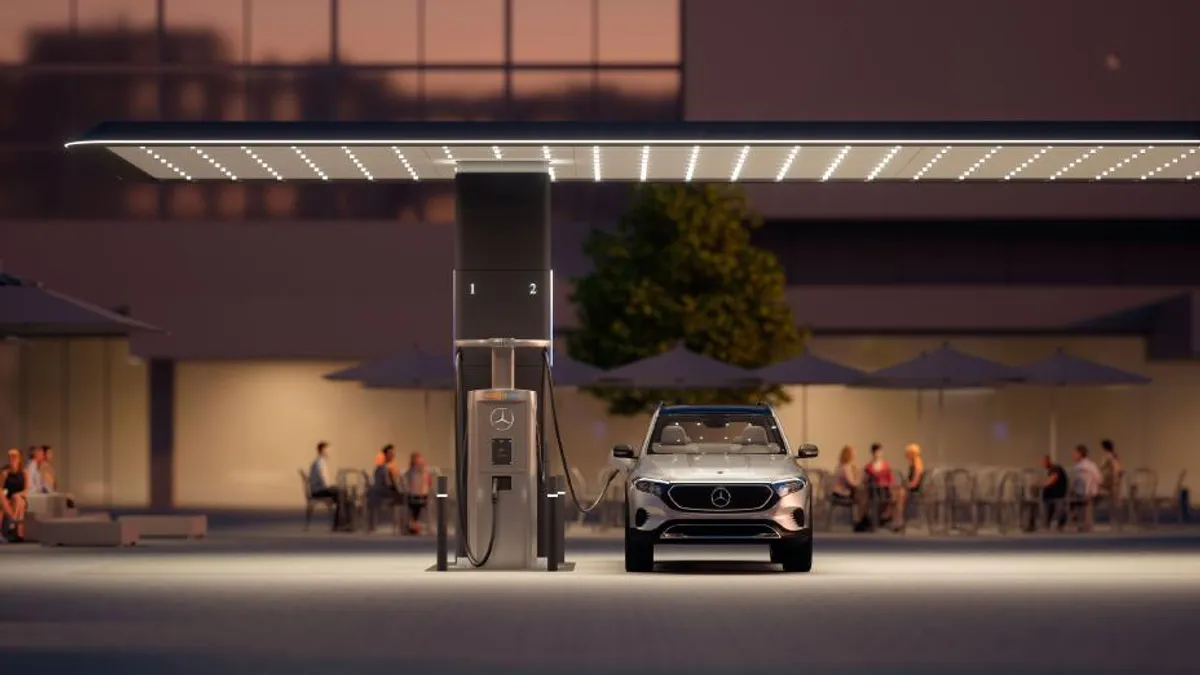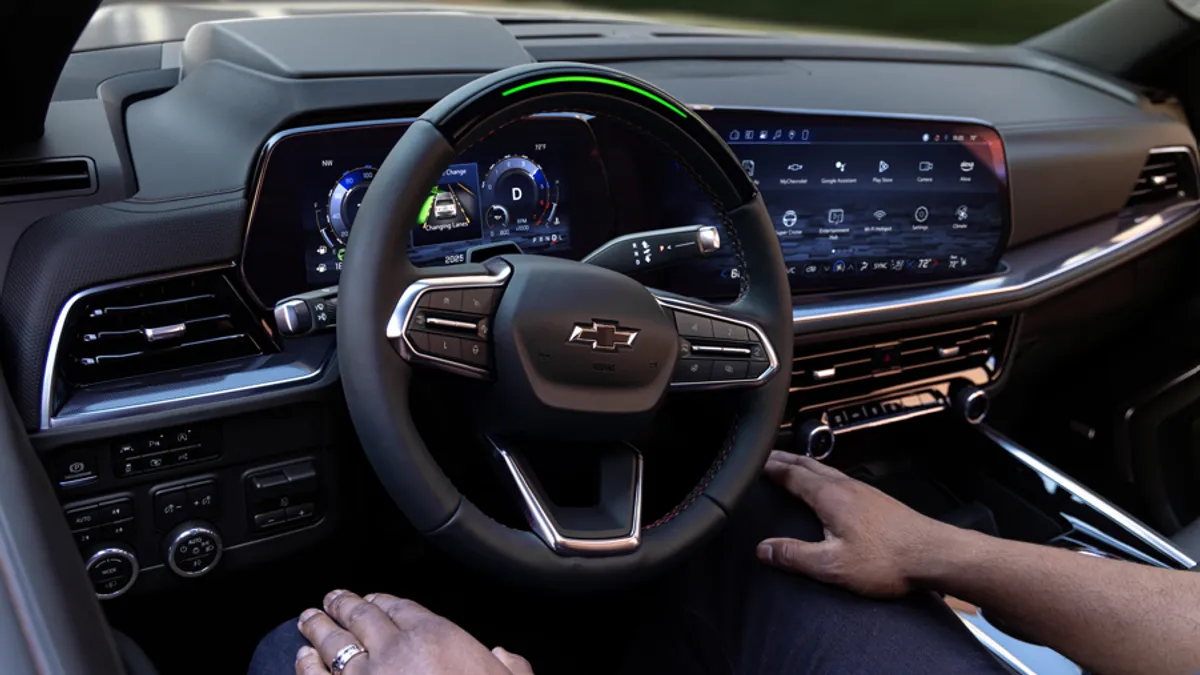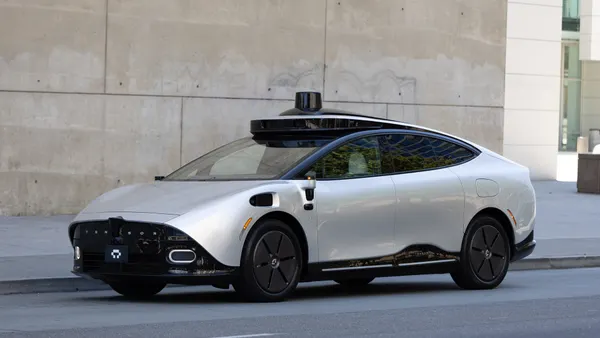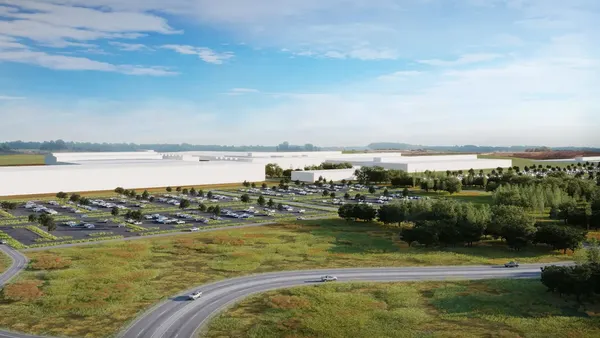Dive Brief:
- Mercedes-Benz has partnered with Simon Property Group, the largest shopping mall owner in the U.S., to install EV charging stations at 55 retail locations in the U.S. and Canada, the automaker announced Thursday.
- The fast chargers will be open to all vehicle brands, allowing EV drivers to charge their vehicles while they shop, dine and more.
- Mercedes-Benz will also host vehicle launches, install vehicle displays and outdoor advertising, and carry out test drives at Simon’s high-traffic retail locations to attract more customers.
Dive Insight:
The partnership with Simon is the latest step by Mercedes-Benz to reach its goal of opening over 10,000 high-power chargers globally by 2030. In August, the luxury automaker said it would open 2,000 high-power charging sites in North America, Europe and China by the end of 2024, with its first operational stations in Atlanta, Chengdu, China, and Mannheim, Germany.
“This collaboration underscores our commitment to delivering a high-quality charging experience to every driver - which extends beyond the vehicle and to the amenities and experiences that drivers can access while they charge,” said Andrew Cornelia, CEO of Mercedes-Benz High-Power Charging Network, North America, in a press release.
The company will continue its previous plans to build its global Mercedes-Benz High-Power Charging Network as the automaker carries out its electrification goals. Its branded EV chargers in North America will support charging rates up to 400 kW for fast charging times. In addition, the Mercedes-Benz chargers offer either Tesla’s North American Charging Standard or Combined Charging System compatible charge cables.
In July, Mercedes-Benz became the first German automaker to announce it will use Tesla’s NACS port for its future EVs, beginning in 2025.
Mercedes-Benz, along with six other automakers, including BMW, General Motors, Honda, Hyundai, Kia and Stellantis, announced a new joint venture in July to install at least 30,000 high-power chargers along major highways and in urban areas in North America.














